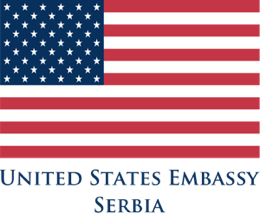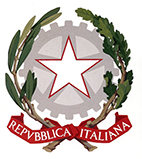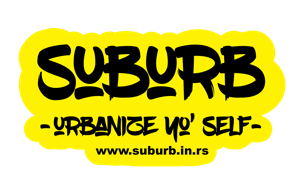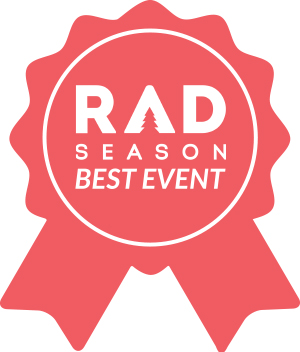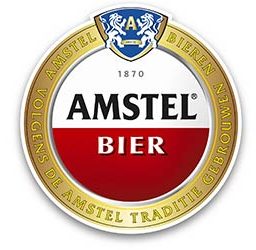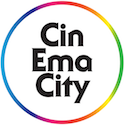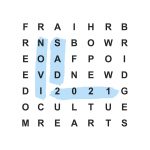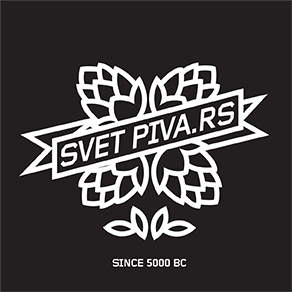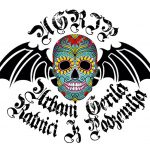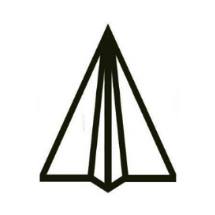Conference on Traffic in Gradić
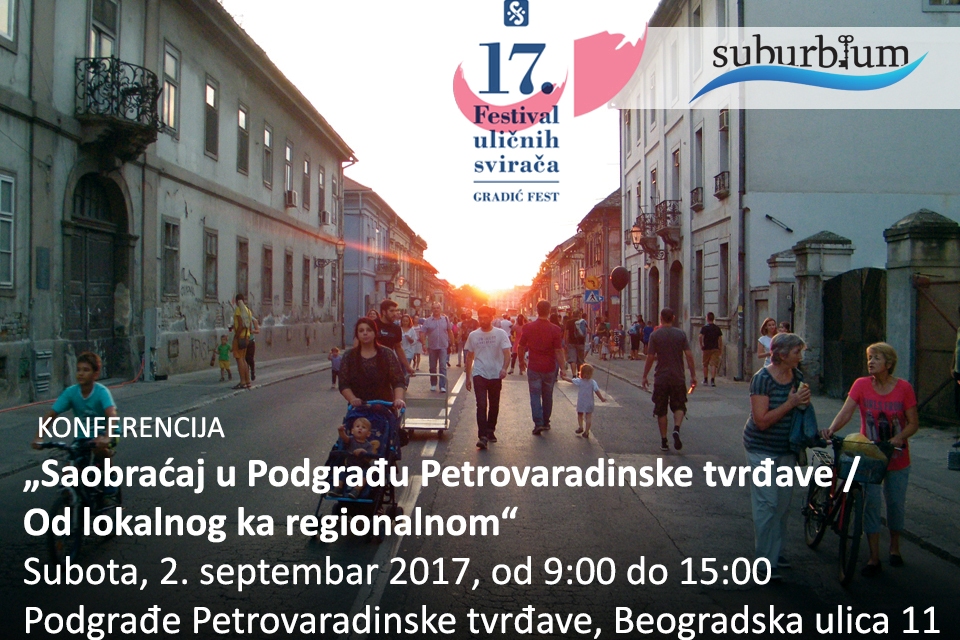
A conference on the topic “Traffic in the Lower Town of the Petrovaradin Fortress/From Local to Regional” will take place on Saturday 2nd September, from 9 a.m. to 3 p.m., in Beogradska Street number 11 in the Lower Town, as a part of this year’s Gradić Fest. The participants of the conference are from several cities of Serbia and from Budapest, and they will present various possibilities for adaptation of traffic in the Lower Town in the context of preservation of this cultural-historical heritage from the 18th century, and give examples of good practice.
The Lower and the Upper Town of the Petrovaradin Fortress represent a unique architectural unit on the European scale. Besides being situated on ancient and medieval foundations, this cultural-historical unit’s value is increased by the fact that it is located at the foot of the Fruška Gora Mountain and bordered by the river Danube. Throughout the centuries, all forms of traffic (on roads, water, railways, and pedestrian traffic) were an important element, and that feature has remained to this day. Important European and national roads, railways and waterways, as well as bicycle and pedestrian paths go through the Fortress and along its borders, through the Lower and the Upper Town. The current state tells us that the intensive transit road traffic is statistically, functionally and ecologically endangering the historical buildings, especially in the Lower Town of the Petrovaradin Fortress, that it is endangering the lives of its inhabitants, and that it is decreasing the ambient value of this important spatial unit and its potential for becoming a “stage in the open air”.
In anticipation of the strategic plan for the development of the Petrovaradin Fortress and in anticipation of the opening of the new road-rail bridge on the Danube, the conference will examine the possibilities for the relocation of the transit road traffic going through the Lower Town, models of traffic access limited to the inhabitants and users of the Lower Town, planning of bike paths and introduction of convenient light vehicles as means of transport. Examples will be given of good practice in small settlements which are situated on the banks of the Danube, such as these in the Austrian region Wachau, where similar ambient units were transformed into tourist-cultural centers, as well as the example of the conflict between architectural heritage and traffic on the banks of the Danube in Budapest.
There will be presentations by university professors, architects, art historians and archeologists, as well as by citizens’ associations which deal with various segments of cultural heritage and with urban culture. The representatives of the regional government and the City Council have also been invited, that is, the representatives of the secretariats and administrations from the sector of agriculture, tourism and traffic regulation, who are expected to present the way they see the development of the Petrovaradin Fortress and its Lower Town, which is currently in a bad shape and where there are currently about 1000 inhabitants, and how they think it could be turned into a popular European cultural and tourist destination.
The organizer of the conference is the Association Suburbium from Petrovaradin, which last year organized the first international conference within the Street Musicians Festival, “Public Space in a City – the Culture of Use”.
The participants and topics:
– Katarina Maksimov, the Institute for the Protection of Cultural Monuments of Novi Sad: The Causes and the Consequences of Traffic Solutions – Practice and Experience of a Conservator-restorer.
– Aleksandar Stanojlović, “Jugocikling kampanja”: Traffic Heritage of the Petrovaradin Fortress – Active, Disused and Reactivated Corridors
– Dr. Vuk Bogdanović, Novi Sad, Faculty of Technical Sciences, Department of Traffic Engineering: The Bridges of Novi Sad – Traffic on the Banks of the Danube
– Miodrag Đukić Dugi, Novi Sad, Railways Association of Vojvodina: Traffic on the Petrovaradin Fortress/Past, Present, Future
– Gordana Karović, underwater archeologist, The Museum of Science and Techology, Belgrade: On the Danube, Below the Petrovaradin Fortress – Sailing Through Centuries
– Dr. Šandor Palfi, Budapest, University of Technology and Economics, Urban Conflicts between Cultural Heritage and Traffic (the example of traffic on the banks of the Danube in Budapest)
– Dr. Darko Reba, Marina Carević, Ranka Medenica, Novi Sad, Faculty of Technical Sciences, Department of Architecture and Urbanism: The Danube’s Potential for Small Settlements With Big Stories – Wachau region, Austria
– Majda Sikošek, art historian, Belgrade, Blog Beauty of Life: Homo Viator – Gradić and Similar Places
– Darko Polić, president of Work Group for Development of Cultural Infrastructure within NS 2021 – European Capital of Culture.






